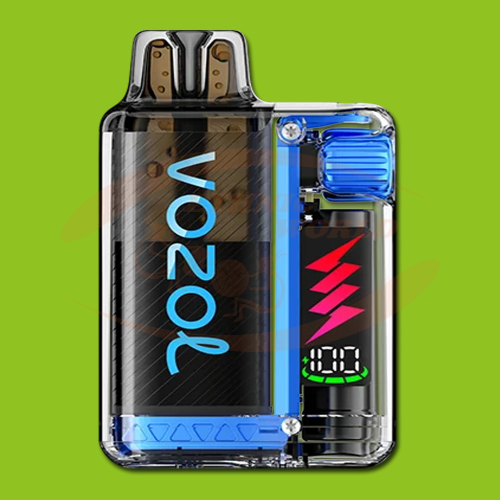
Outdoor growers face a plethora of challenges that are unique to the sun growing method. While growers working in indoor environments can customise conditions, outdoor growers are at the mercy of the vagaries of nature. Planning ahead and being ever vigilant are the keys to a healthy outdoor harvest. With that in mind, here are common problems that outdoor cannabis growers may encounter, from unique pest problems to extreme weather conditions, and tips for dealing with them.
Successful outdoor CBD growing
Common problem #1: heat waves. As explained earlier in "Greenhouse Problems and How to Deal with Them", extreme temperatures due to summer heat and nearby forest fires can impact the health and quality of crops.
TIP 1 While outdoor farmers in these geographical areas are limited in what they can do to cool their crops, one potential solution to high temperatures is to use grow tents. Different grades of shade cloth block varying levels of sunlight (e.g. a 10% cloth blocks 10% of the sunlight). Growers can arrange to shade outdoor plants when temperatures reach harmful levels (over 40 degrees C), or when ash from forest fires falls on sticky buds. Sunshades are generally used to minimise the exposure of plants to the sun, but they also prevent the majority of airborne ash from settling on the plants.
TIP 2 When selecting an outdoor grow tent to purchase, growers should ask sellers questions including (but not limited to):
- How sensitive is the fabric to UV light?
- What is its typical life span?
- How often do customers replace old fabrics with new ones?
- How heavy is the fabric? This last question is important in determining whether the fabric is too heavy to be lifted by hand or for the mechanical system a grower plans to use.
TIP 3: If heat continues to be a problem under the solar fabric, growers can install fans at the end of each "tunnel" to increase air circulation in the canopy, removing heat near the leaf surface.
Common problem #2: Budworm damage. Every year, before and during harvest, calls are received from outdoor growers asking how to get rid of budworm caterpillars (usually tobacco budworms). Budworm-infested buds usually show chewing damage. Infestation begins with the laying of an egg by a female moth on a cannabis plant. The larvae or caterpillars emerge from the egg (hatch) and feed on the developing cannabis buds. The tissue they have been feeding on may die. The caterpillar may also defecate inside the bud, which can cause the bud to mould from the inside. Most growers only know they have a caterpillar-infested crop when the bud structure collapses at harvest time.
TIP 4 The best time to observe and catch caterpillars is in the evening.
TIP 5 When scouting for pests, growers should thoroughly inspect the plants and buds, and remove and kill any infected caterpillars and buds. At Ethnic we offer many insecticides suitable for outdoor CBD cultivation. Don't hesitate to ask us for advice!
Common problem number #3: poor growth. A balanced CBD fertilizer program of nitrogen, phosphorus, and potassium (NPK) and a pH level conducive to healthy growth is necessary for quality cannabis, whether it is grown in a salt-fed container or in field soil that has been amended. It is best for growers to know both the NPK and pH of the growing medium before introducing the plants to maximise growth and health.
TIP 6 Whenever possible, growers should take soil samples to a laboratory to obtain an unbiased and accurate measurement of soil composition and pH. Knowing the soil composition and pH will help determine what amendments to make.



















